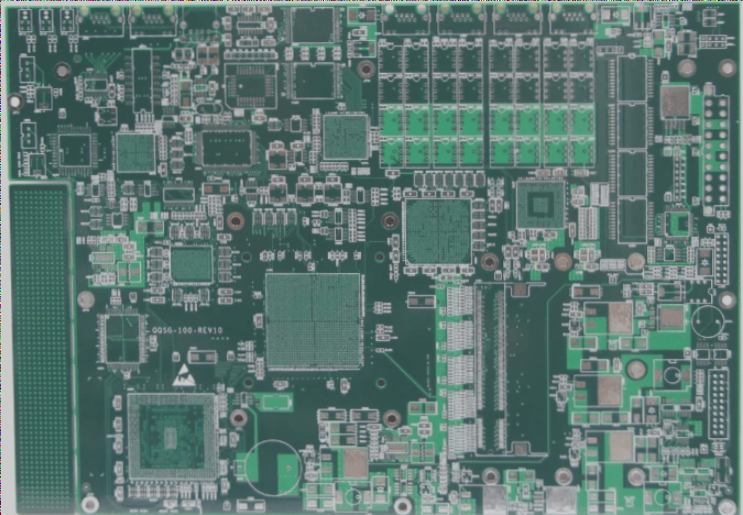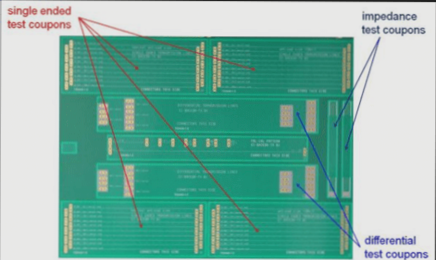However, PCBs are not consumer products for the general public; they are essential electronic components. Due to their unique characteristics, the PCB sector has begun its e-commerce journey, although its effectiveness may not be immediate compared to other industries. Generally speaking, the path to e-commerce in the PCB industry is more challenging than in others, primarily for the following reasons:
1. The established traditional processes remain largely unchanged.
While PCB production is part of the electronics industry, it also exhibits “stubborn” traditional characteristics. Companies with a significant history already possess a well-defined set of production and market processes.

1. This set of processes is so established that modifying one aspect is challenging, while the other requires no changes. Customer engagement, production, inspection, and delivery are functioning effectively—so why alter them?
2. Many companies recognize that, in the age of the Internet, embracing e-commerce is essential, yet their existing workflows are already comprehensive and refined. When attempting to transition online, they often feel uncertain about the next steps.
3. Traditional online promotion methods often prove ineffective, even for large consumer products like food and home appliances. Significant investments in promotion may yield disappointing results, especially for niche products like PCBs. Additionally, standard online marketing tactics, such as SEO, have limited impact in the PCB sector; while they may achieve high search engine rankings, the actual search volume remains low since PCBs are not widely sought after.
4. Other promotional strategies, such as social media and event marketing, can generate engagement for general products—drawing fans who easily convert to sales. In contrast, PCB companies often struggle to convert event participation into sales. This challenge stems from the costs associated with promotion and the slow, often subtle, results, leading many companies to adopt a conservative stance. Unlike more mainstream products, PCB promotion faces significant hurdles.
5. Developing new products demands time and effort. While many companies understand the difficulty of marketing PCBs alone, they aim to diversify, such as by creating a PCB information network or app. This approach is commendable and represents a better synergy between the product and the Internet; a leading website can naturally elevate the brand.
6. However, establishing a new system or product is inherently challenging. Some companies continue to rely on traditional mindsets. Although they label their initiatives as information networks or apps, these efforts often fail to integrate the Internet fundamentally. As a result, product positioning lacks clarity, complicating promotional efforts.




